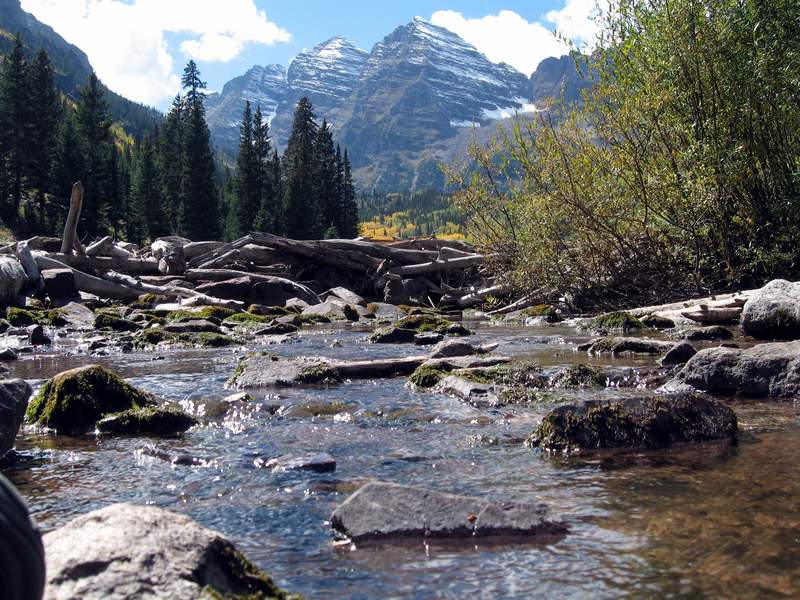India Perhaps Ready To Change
It’s come as a bit of a surprise to some but it looks like the Indian Government may be on the verge of a major change in it’s climate change policy. In it’s new 5 year plan there is an agreement to a global emissions cap prior to the more developed countries making their biding pledges for reducing emissions rapidly.
The Indian Government had previously stated in climate change meetings that rich and developed countries must take the lead. But it looks like the country now will be prepared to carry out a reduction of climate change domestically under it’s own steam. There previous stance was that both financial and technological support from richer countries must come first.
It’s potentially a huge breakthrough if true. One of the big problems is that countries like India are preventing any form of true global agreement. However the reality of climate change is that countries must proceed to do much more with or without this global agreement.
The positive economic aspects are perhaps partly responsible for this big shift. The benefits of aggressive energy efficieny drives given a real incentive due to the recent huge power cuts across the entire country. Accelerated roll outs of renewables and addressing the high pollution industries that exist across India.
However as usual in this area – there is rarely a concensus and the USAs lead negotiator has suggested that the 2C warming target perhaps should be scrapped. This was a very depressing statement and roundly condemned by the Eu and many others. However if you want to get a feeling of how the US feels about global warming then check out their main News channels. You can find information on how to get a US IP address on this site – http://www.proxyusa.com/ this will allow you to access these programmes, there’s also quite a bit on the Canadian media which you can access through this method. You will quickly see that the economy is way higher up the agenda in the US than global warming is (although arguably they are not alone in this!)



